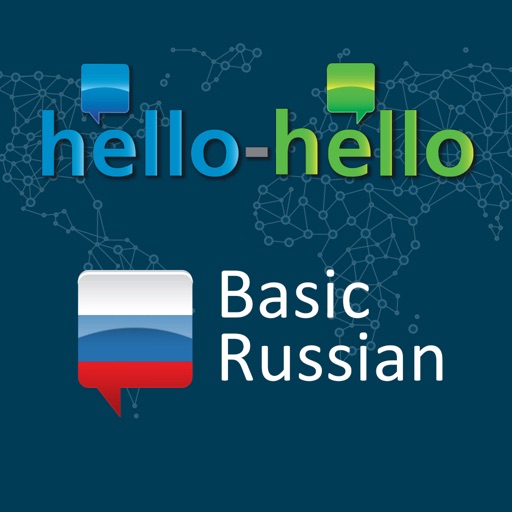When one grows up speaking and writing the only language they have ever known, it could be quite tricky when you first see a totally different alphabet being used by another country. This is the experience that several people who do not live in Eastern Europe have when they first see Cyrillic script being used. Although it shares certain similarities with the Latin alphabet, the Cyrillic alphabet can still seem quite strange in the eyes of any native English speaker.
Cyrillic alphabet
The Cyrillic alphabet was the initial form of written language to be used by various Eastern European countries. It was formed out of necessity so that foreign missionaries could more comfortably communicate with the individuals native to the Eastern areas. Post several years of forming and refining the Cyrillic script, it started to get quite popular and rapidly began to be used in most Slavic-speaking countries.
The written language has remained quite popular and it is still being used either exclusively or in addition to other alphabets in at least 50 separate languages. Some of the countries that still use the Cyrillic alphabet are Macedonia, Montenegro, Russia, Serbia, Belarus, Bulgaria, Turkey, and Ukraine.
The unique alphabet has a combination of 24 Greek letters in addition to 19 new letters that lets for the proper pronunciation of several Slavic sibilants. In spite of how unusual the Cyrillic alphabet appears to the huge majority of people, it is genuinely considered one of the simplest languages to learn.
The creation and the purpose of the Cyrillic alphabet
The Early Cyrillic alphabet, was the foundation for modern Cyrillic script.
As the Roman Empire continued to grow at an alarming speed around the 3rd and 4th centuries it started taking over various territories that did not share the Greek language. Therefore, attempting to communicate with the people who lived in those newly acquired parts was almost impossible, which made attempting to convert them extremely difficult.
Rather than attempt and force the Greek language on them, missionaries out of the Byzantine branch of the Roman Empire decided that it will be a much better ploy to try and spread the gospel in the native Slavic language. However, problems arose when they found that there had not yet been a written alphabet that could be utilized to effectively communicate the Slavic language.
Thus, Prince Rostislav requested that Constantinople send over missionaries to what is now Slovakia and Hungary in an effort to try and develop a language that would make communication simpler. The two monks who would be up for the assignment were the brothers Cyril and Methodius.
By using their tremendous patience and education, the monks were able to develop an early rendering of the Cyrillic script known as the Glagolithic script and also known as the Church Slavonic. It would later become known as Cyrillic script as an homage to its creator. Since it was the first comprehensive effort to develop an alphabet capable of communicating Slavic in written form, this Church Slavonic was adopted by several other countries and was instated as their official language.
Basics
There are multiple letters involved in the Cyrillic alphabet that seem exactly like they do in the Latin alphabet. However, in spite of the fact that they seem the exact same, they actually have quite different pronunciations linked with them, which could make learning in Cyrillic a bit confusing for a native English speaker.
For instance, even though the Cyrillic alphabet contains the letter “B” in it, this is not pronounced as you would feel it is. Rather, that letter would be pronounced as “ve”. The other letters in the Cyrillic script that will seem familiar to an English speaker include the letters A, E, S, I, J, K, M, H, O, P, C, T, X, and Y.
Sadly, the only ones that are pronounced as they will sometimes be in the English language are the letters A, I, J, K, M, O, T, and Y. Apart from these letters, there are nearly 20 others that will look totally foreign to most individuals.
How the Cyrillic alphabet has transformed
As stated earlier, Cyrillic is still the official alphabet used in multiple countries located throughout Eastern Europe. However, over the years several parts of the language have altered, like the exclusion of the hard sign.
There have also been specific letters that have been discarded, depending on where you go. Both Russia and Ukraine use 32 letters, with a possible 33rd depending on how someone perceives the soft sign. However, the countries of Bulgaria and Serbia just use a 30-letter Cyrillic alphabet.

Learn Russian Vocabulary (HH)
Hello-Hello’s Learn Russian Vocabulary app helps users to master Russian words and phrases essential for their academic, professional, and business success.
The Russian course is based on a proven language learning methodology supported by amazing images; clear audio files (learn pronunciation) and engaging exercises. The app contains an extended database of Russian words and phrases and features 7 different modules for learning, 4 of which are designed specifically to practice listening, reading, writing, and speaking skills. The learning process is enhanced with the use of word games, self-voice recordings, and spelling checks.
iTunes Store Link https://apps.apple.com/us/app/learn-russian-vocabulary-hh/id410816666

